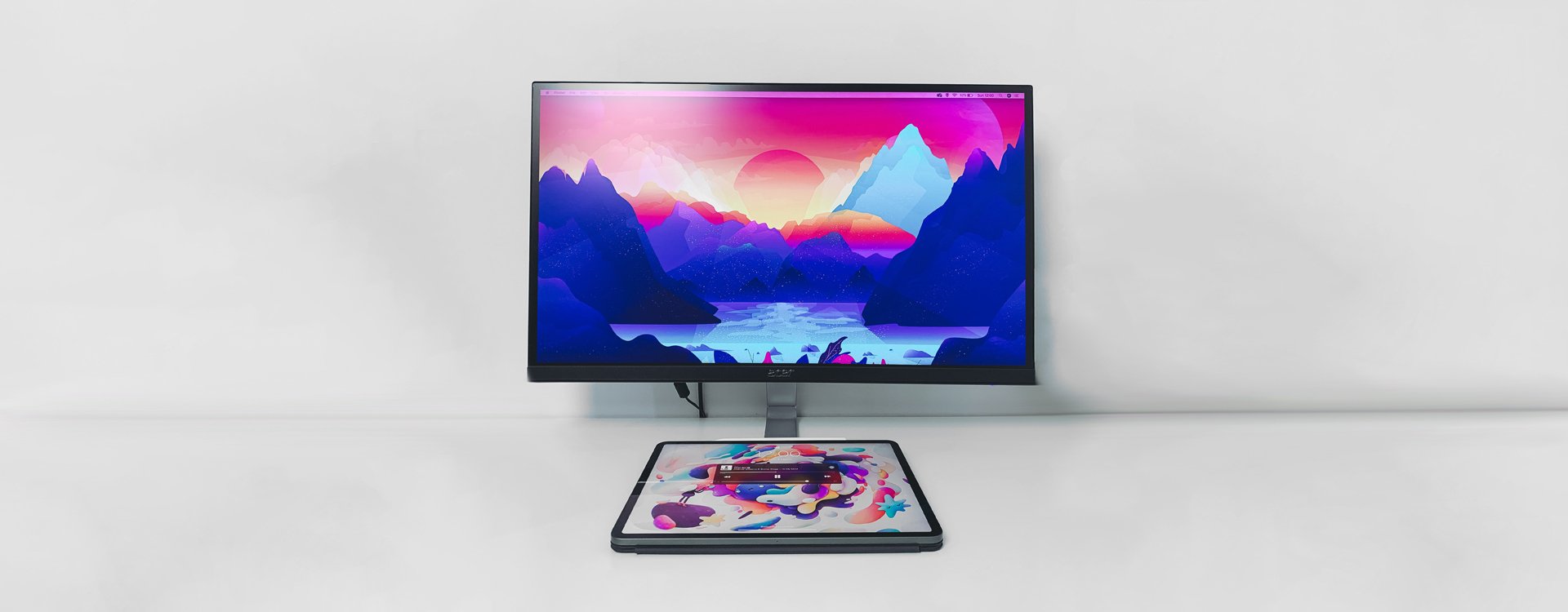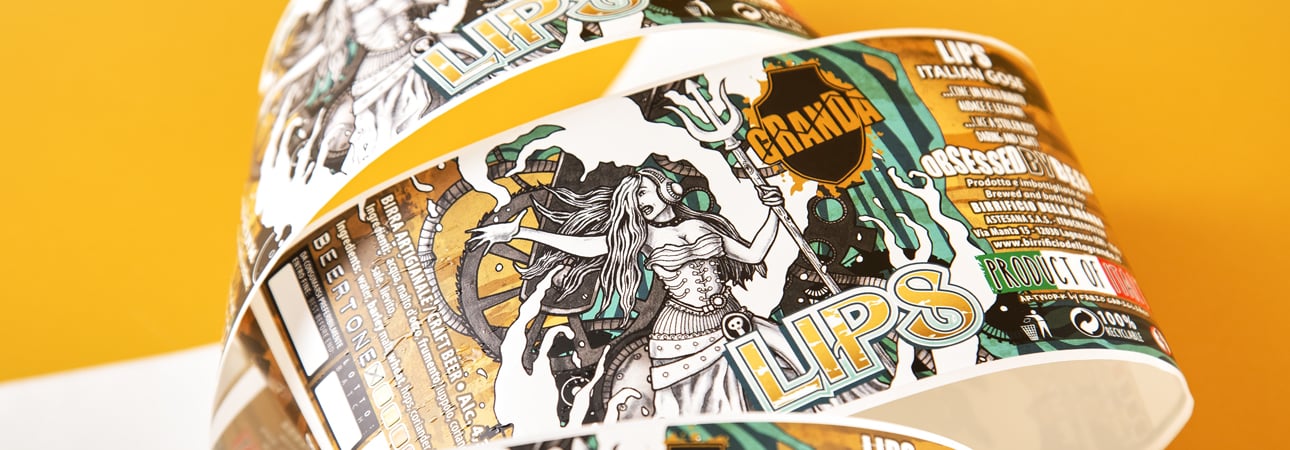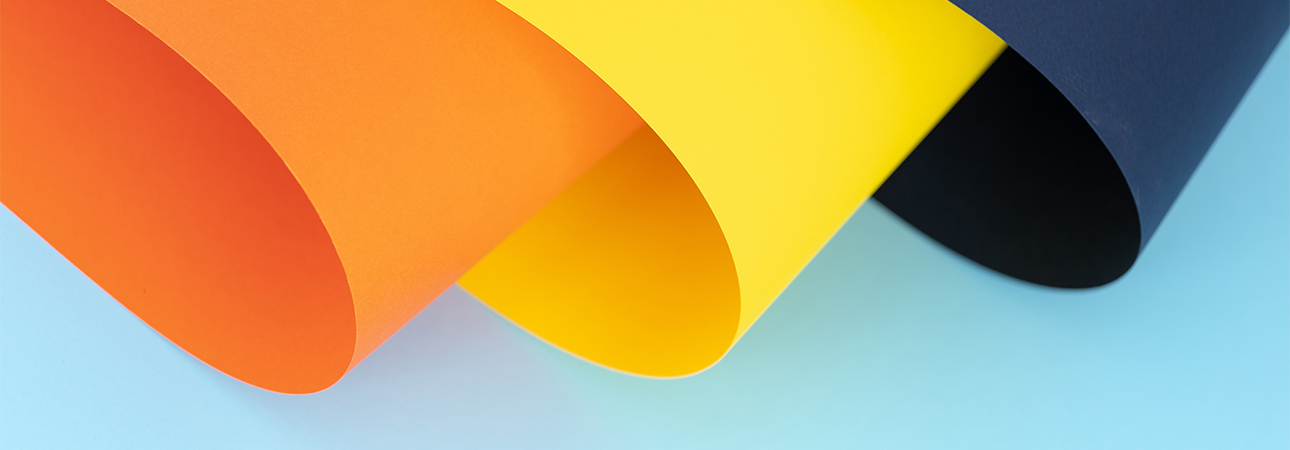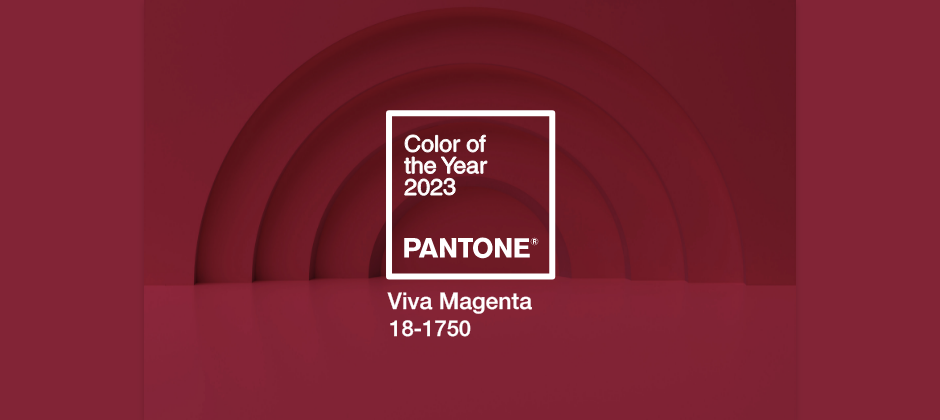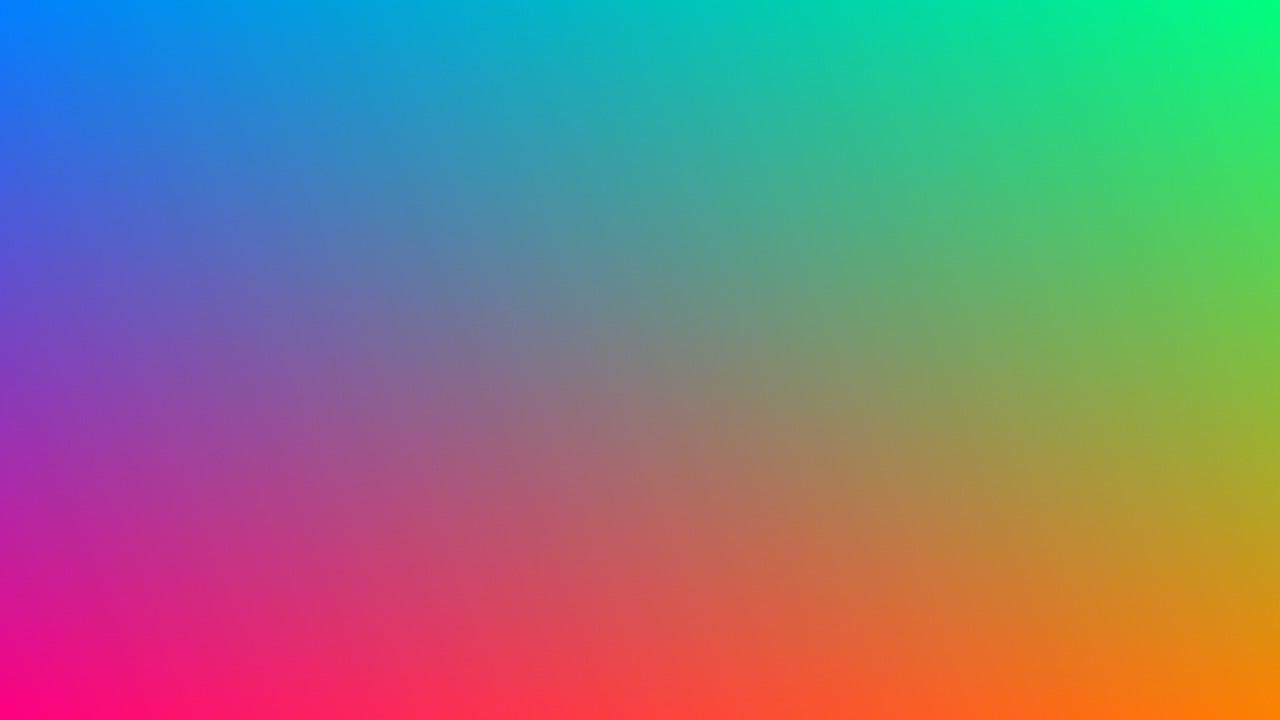Did you like the article? Share it!
Opaque White: how to effectively print white on your packaging
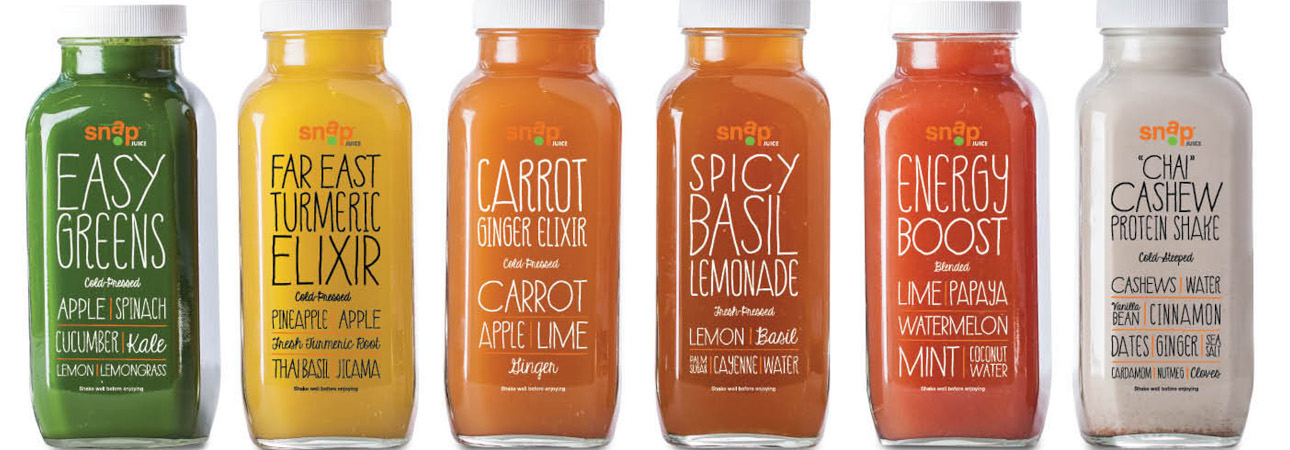
You may have to print on your labels or packaging elements in white color, today we will see when this printing color is necessary and what are all the techniques you can use to obtain the best possible result in terms of quality.
First of all you need to know that white is generally used on paper and plastic supports with no starting white background. These materials can therefore be colored papers in the mixture or transparent plastics or even metallized materials. We speak precisely of opaque white, as this white has the function of coating the substrate. The opaque white can therefore act as a base for the other colors, replacing the background white for these transparent or colored materials.
Being a printed color, it can be made selective, leaving certain areas transparent / metallized as per the substrate. Let's go now to see the various printing techniques that allow you to make the opaque white.
White Offset
Offset white is a white with a very sharp and precise printing thanks to the system with which offset plates are engraved. Very fine writings and shades can be obtained thanks to any printing screens. However, its use as an opaque white is not recommended as offset technology is one of the printing technologies that allow fewer grams of ink to take root on the paper / plastic support.
It is not recommended to use it on transparent polypropylene. It is not very opaque (for example, once the transparent adhesive label is attached to the container, the white will be gray).
Porous or dark-textured papers are not recommended as the white, being not very opaque, will be lighter and less visible. This is unless it is required to print a faint white.
We recommend this printing method on metallized substrates that require white printed images with fine and complex details.
White Flexo
Flexographic printing technology allows you to print more grams per cubic centimeter of ink on top of the substrate, which also applies to white. The flexo white is quite opaque even if the print itself is not fine and of quality like that of offset.
With flexo printing with a single plate, it is not possible to make very precise screens, and therefore the white cannot be faded. Flexo white printing is recommended when large quantities of labels are required.
Rotogravure White
Rotogravure printing is an excellent gimmick between opacity and print quality; however, large quantities must bear the rotogravure cylinders' costs, which can cost several thousand euros for every single cylinder.
White Digital
Modern printing technologies have allowed both inkjet and laser digital machines to print opaque whites in addition to four and six colours. Some of these whites can be compared to the coverage of offset/flexo, and the advantages are 2.
The first advantage is that this printing technology allows, without plate costs, to print even small runs at affordable prices. The second is that with certain printing machines (such as the HP INDIGO 6900), different strokes of white can be done to enhance it until the required result is achieved.
This type of white can be printed, once the paper or plastic has been primed, on any kind of surface for labels and packaging.
Silkscreen White
But let's get to the point, let's talk about screen printing. If you are looking for the best white or opaque white print quality, the advice is to request screen printing.
This is because screen printing is the printing technology that allows you to print inks with higher thicknesses than other types. More ink equals more opacity and cleaner, more beautiful whites.
Screen printing can be done on any material, even porous, and it can also be used to create white backgrounds and then subsequently be overprinted with offset or flexo inks.
Screen printing requires the production of screen printing frames for every single refereza or colour change.
In conclusion...
If you are looking to get the best opaque white possible within a budget, various aspects need to be considered in your labels or packaging.
If you have few labels and a limited budget, digital white printing is highly recommended. If the quantity is higher, you will end up using offset printing (only on metallics) or flexo printing.
For the best result both in terms of price and quality, we recommend opaque white screen printing. If, on the other hand, you have runs of high quantity (millions of pieces), you may be interested in rotogravure printing.
I hope this article was informative, don't hesitate to contact me if you want to know which printing techniques are suitable for your project!
Next

